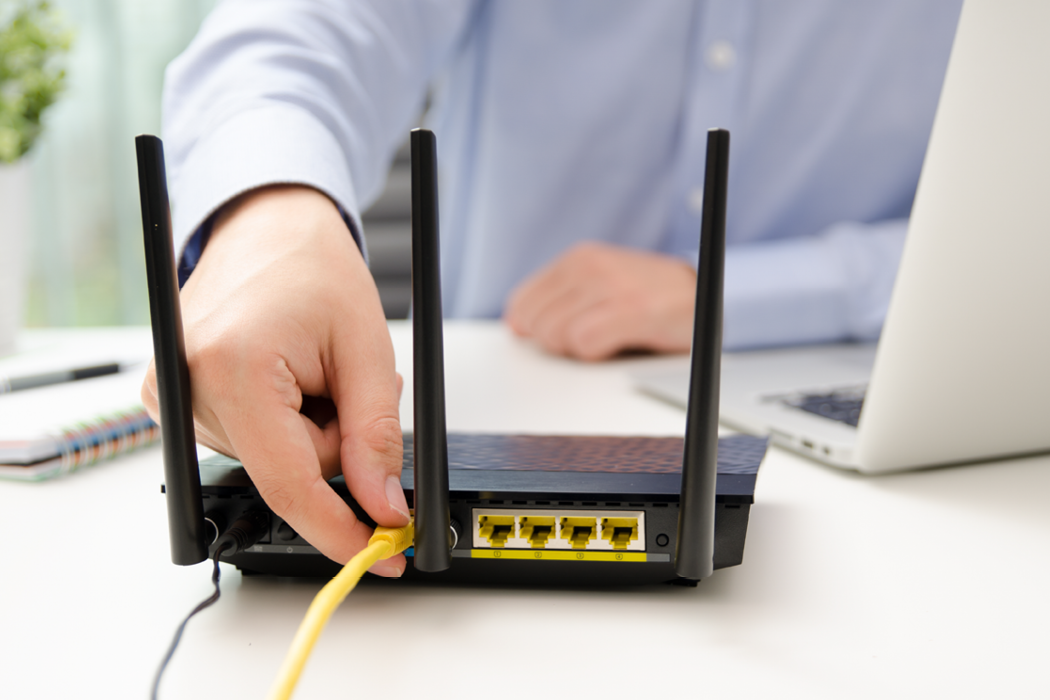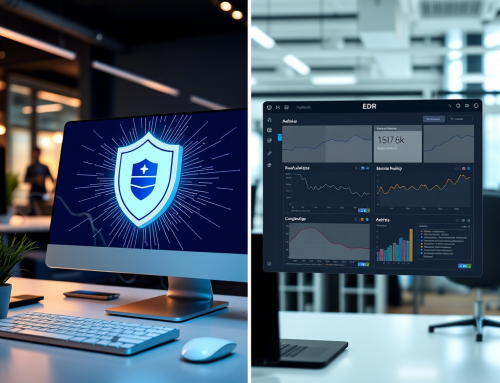Securing your home network is no longer a luxury—it’s a necessity. With an ever-increasing number of devices connected to the internet, from smartphones and laptops to smart appliances and home security systems, the potential for cyber threats has grown exponentially. A compromised network can lead to severe consequences, including data breaches, identity theft, and unauthorized access to personal information. This guide provides practical and detailed steps to help you secure your home network effectively and protect your digital life.
Understanding the Importance of Network Security
Your home network serves as the digital gateway to your personal and family information. It not only connects your devices to the internet but also allows them to communicate with each other. However, if your network is not properly secured, it can become an easy target for cybercriminals. Here are some compelling reasons why securing your home network is crucial:
- Protection of Personal Information: A compromised network can lead to unauthorized access to sensitive data, such as financial details, personal emails, and confidential documents. This information can be exploited for financial gain, leading to identity theft and fraud.
- Preventing Unauthorized Access: An unsecured network is vulnerable to unauthorized users who can connect to it and potentially use your internet connection for illegal activities, which could make you liable.
- Securing Smart Devices (IoT): The rise of the Internet of Things (IoT) has introduced numerous smart devices into homes, from smart thermostats to voice-activated assistants. These devices often have weaker security protocols, making them prime targets for hackers. Securing your network helps protect these devices from being hijacked or exploited.
Steps to Secure Your Home Network
To safeguard your home network from cyber threats, follow these detailed steps:
1. Change Default Router Settings
Routers typically come with default settings that are well-known to hackers, making them easy targets. To enhance your network’s security, start by changing the following:
- SSID (Network Name): The SSID, or Service Set Identifier, is the name of your wireless network. Change the default SSID to something unique that doesn’t reveal personal information or the router’s brand, which could give hackers clues about potential vulnerabilities. Avoid using identifiable names like your address or family name.
- Default Passwords: Routers come with default administrative passwords, which are often simple and widely known. Change this password immediately to a strong, unique one that includes a mix of uppercase and lowercase letters, numbers, and symbols. Aim for a password with at least 12-16 characters to ensure robust security.
2. Enable Network Encryption
Encryption is essential for protecting the data transmitted over your network from being intercepted by unauthorized users. Most modern routers support advanced encryption protocols. Ensure that your router is configured to use one of the following:
- WPA2: The WPA2 (Wi-Fi Protected Access 2) protocol is the most widely used encryption method and provides a good level of security. It encrypts the data traveling between your router and connected devices, making it difficult for outsiders to intercept.
- WPA3: WPA3 is the latest encryption standard, offering even stronger protection than WPA2. It provides enhanced security against password-guessing attacks and should be used if your router supports it.
3. Create a Guest Network
A guest network is a separate network for visitors who need internet access. This isolates their devices from your main network, preventing them from accessing your personal devices and shared files.
- Benefits of a Guest Network: By setting up a guest network, you can ensure that any potential malware on guest devices does not spread to your primary network. Additionally, it adds a layer of privacy, as guests won’t be able to see or interact with your personal devices.
4. Keep Your Router’s Firmware Updated
Router manufacturers frequently release firmware updates to patch security vulnerabilities and improve performance. Keeping your router’s firmware up to date is crucial for maintaining security.
- Automatic Updates: Some routers offer the option to automatically install updates. Enable this feature if available, so you don’t have to manually check for updates regularly.
5. Use Strong Passwords for All Devices
Each device connected to your network should be protected with a strong, unique password. This includes not only your computers and smartphones but also any IoT devices like smart locks, cameras, and home assistants.
- Password Management: Consider using a password manager to create and store complex passwords. Avoid using easily guessable passwords like “123456” or “password.” A strong password should be at least 12 characters long and include a mix of letters, numbers, and symbols.
6. Disable Remote Management
Many routers offer a remote management feature that allows you to configure your router settings from anywhere. Unless you need this feature, it’s best to disable it, as it opens another potential avenue for unauthorized access to your network.
7. Enable Firewall Protection
Firewalls are a critical defense mechanism that helps block unauthorized access to your network. Most routers come with built-in firewall protection, which should be enabled to provide an additional layer of security.
- Software Firewalls: In addition to your router’s firewall, consider using a software firewall on your devices. This double-layered protection can help block malicious traffic and prevent unauthorized access.
8. Monitor Connected Devices
Regularly monitoring the devices connected to your network is an effective way to detect unauthorized access. Most routers provide an admin interface where you can view a list of connected devices.
- Taking Action: If you notice any unfamiliar devices connected to your network, disconnect them immediately and change your Wi-Fi password to prevent future access.
9. Limit DHCP Leases
Dynamic Host Configuration Protocol (DHCP) automatically assigns IP addresses to devices on your network. By limiting the number of DHCP leases, you can control how many devices are allowed to connect to your network simultaneously.
- Set a Maximum Number: Adjust the DHCP settings in your router’s admin interface to set a maximum number of devices that can connect to your network. This not only enhances security but also helps manage bandwidth more efficiently.
Advanced Security Measures
For those seeking additional layers of protection, consider implementing the following advanced security measures:
- Use a VPN (Virtual Private Network): A VPN encrypts your internet connection, providing an extra layer of privacy and security. It’s particularly useful for securing your network when accessing public Wi-Fi.
- Enable MAC Address Filtering: MAC address filtering allows you to specify which devices can connect to your network based on their unique MAC addresses. While this feature adds security, it requires manual configuration and may not be user-friendly for all households.
- Segment Your Network: If you have many devices with varying security levels, consider creating separate network segments. For example, you can have one network for work-related devices and another for IoT devices. This limits the potential impact of a compromised device.
Securing your home network is not just about protecting your personal information—it’s about safeguarding your entire digital ecosystem. By following the steps outlined in this guide, you can significantly enhance the security of your home network and protect against the growing number of cyber threats. Regularly review and update your security measures to stay ahead of potential vulnerabilities, ensuring your home remains a safe and secure digital environment.





